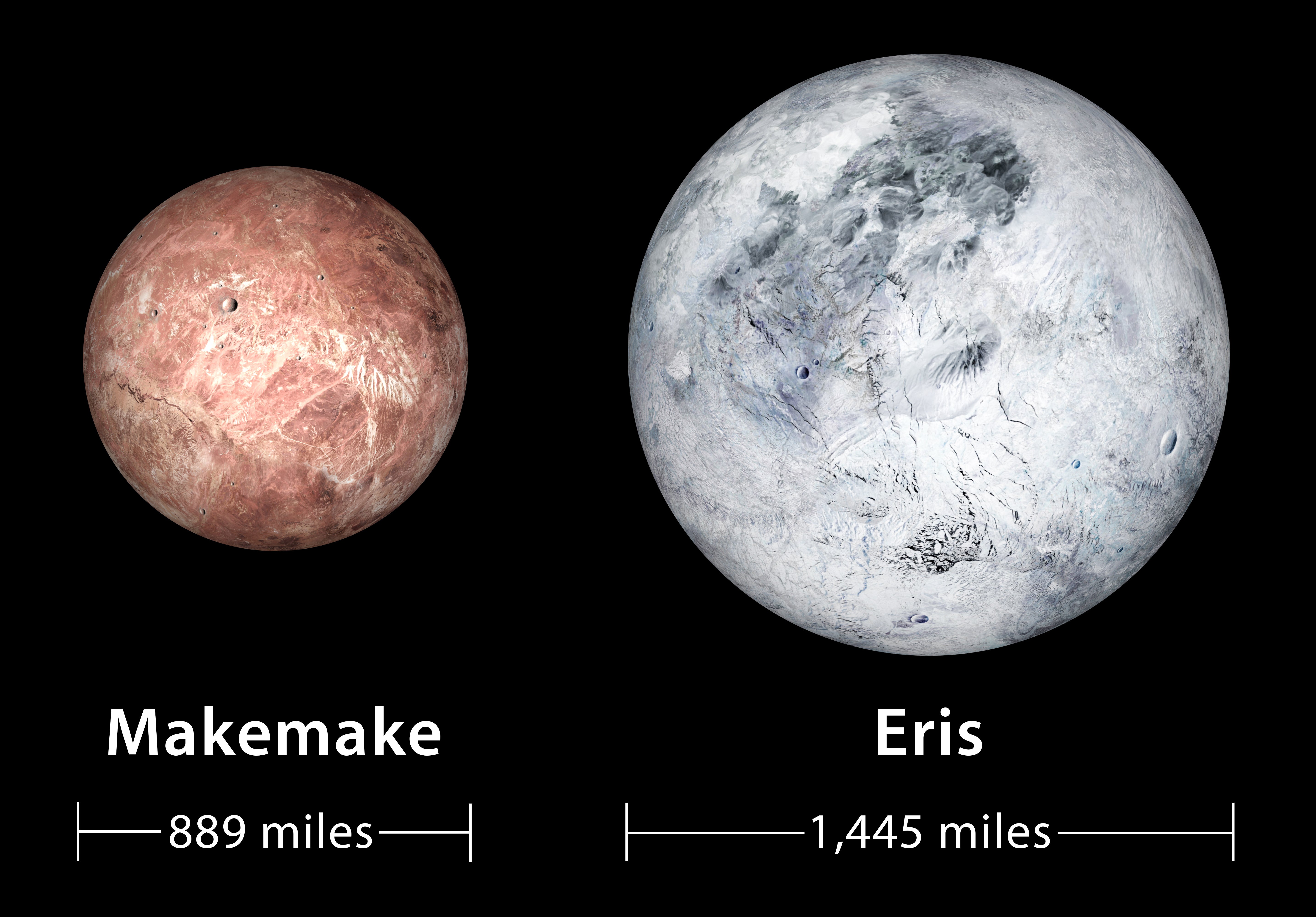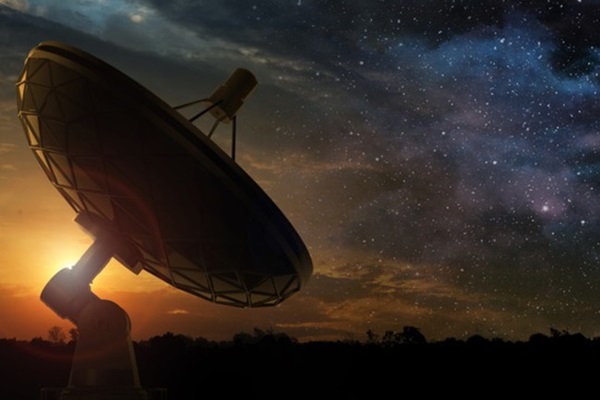It’s not true. Yes, radio signals diminish in intensity with the square of the distance just as light does (after all, radio and light are both electromagnetic waves). But nonetheless, if you have a large enough antenna and adequate observing time, you can tease out a signal no matter how far the transmitter. The background noise simply averages out with time, while the signal relentlessly builds up. Astrophotographers know this well. With a big enough telescope and a long enough exposure, they can successfully image objects at great distances.
The best SETI experiments can detect narrowband radio signals — those confined to a tiny range of frequencies — at a sensitivity level of 10-25 watts per square meter with a few minutes of “exposure time.” That’s 0.1 trillionth of a trillionth of a watt falling on each square meter of the antenna, which is stunningly sensitive. Still, even if you had a honking, million-watt narrowband transmitter broadcasting in all directions and located one-tenth of a light-year away, contemporary SETI experiments wouldn’t be able to find it. And that’s not even as far as Alpha Centauri!
On the other hand, suppose that megawatt transmitter were mounted on an antenna the size of the Arecibo radio telescope in Puerto Rico, which is 1,000 feet (300 meters) in diameter. Focused in our direc-tion, the intensity of the signal would be increased by more than 10 million times. It would be detectable by our current SETI experiments at a range of nearly 300 light-years. There are about a million star systems closer than that.
It comes down to this: SETI scientists are betting that extra-terrestrials are either focusing a signal in our direction or wield transmitters far more powerful than our own.
SETI Institute
Mountain View, California









